pros and cons of thermography
 Infrared thermography
Infrared thermographyThermography or Mammogram? 5 Comparison PointsFebruary 9, 2017 by By Julia StanderThe mammography projections are widely diffused as the best tool for early detection, but the critics point to false positives, increased radiation and the fact that about half of the women have "condensed breast tissue," which makes mammography more difficult. However, these two technologies work in different ways, so it is also important to take into account their accuracy, what they seek and how soon they can detect a possible problem. The Pros and Cons of Thermography and Mammograms1. Positive and false negatives According to the University of California San Francisco, "For a decade of getting mammographs, more than half of women without cancer will be among those who will be called for more tests due to , and about one in 12 will be referred to for a biopsy." That's a lot of unnecessary anxiety. Of course, the key is early detection, but ideally without false positives. How does the termography compare? A study of 92 women in 2008 using the thermogram found false positives 12-44 percent of the time, depending on the machine adjustment. That is a great variety and seems to depend quite on the person who performs the exam, so the research of your potential doctor is important. But what about false negatives? According to , detection mammographs lose about 20 percent of the existing cancerous tumors. This is largely due to dense breast tissue, which is more common in younger women. Thermogram readings are not affected by the density of the breast tissue, but there is still evidence of results around 4 to 10 percent of the time.2. Note that we are exposed to ionizing every day, both natural and radon sources and radioactive particles, called cosmic rays, coming from outer space and hitting the earth. Radiation is measured in millisieverts (mSv) and in the USA we receive an average of about 3 mSv a year, with a slightly higher exposure if you live in higher elevations. You can even account for a significant part of the annual radiation if you smoke (so quit!) The website breaks down the approximate dose of radiation compared to exposure to background radiation for the following experiences: You can see that exposure is not insignificant. For some, that risk is worth mental peace. But for others, adding the exposure of an annual mammography together with all the other sources of radiation that accumulate throughout their lives, leads them to seek an alternative. Thermogram is radiation free.3. Contact vs. no contact Mammographs are notoriously uncomfortable, but is there any real damage to the breast tissue? There is a concern among many that breast compression, if it contains cancer, can break a localized mass of cancer cells and make them free in the bloodstream of the woman. The National Institute of Breast Cancer refutes this, saying, "The Beast compression when receiving a mammography cannot cause the cancer to spread." The termography does not require contact, but you will have to sit unarmed for about 15 minutes to allow your skin to cool at room temperature. You will also need for 1 minute to provide before (baseline) and then (functional) images.4. Angiogenesis vs. anatomical changes Mammogram These projections aim to detect breast calcifications. Now, to be clear, there are many types of calcifications and most are nothing to worry about. These are simply small deposits of calcium salts. They are not painful and are small enough that a manual examination would not detect them. Calcifications can occur for many reasons: They appear in a mammography as small white spots and to determine whether they are benign or suspicious, the radiologist will look at the size, shape and pattern. ThermographyThermographic imaging works by detecting heat and increasing blood flow. It does not detect changes in anatomy or structure. A report from the American Society of Mammogram Cancer and other Breast Imaging Procedures (2010) stated that "[t]hermography is a way to measure and map heat on the surface of the breast using a special heat detection chamber. It is based on the idea that temperature increases in areas with greater blood flow and metabolism, which could be a sign of a tumor. "5. Earlier method of detection So what is the earliest option of detection? Now we understand that they are seeing different things: calcification versus heat and blood flow. According to Santa Ana, CA, a doctor and surgeon, certified in internal medicine, "Noxious studies have been published in the United States, England and France showing that patients in the false positive thermogram group, those patients with positive thermograms and negative mammographs who were said to have thermogram was wrong, were determined by long-term follow-up to have developed breast cancer exactly at the location the the thermogram had demonstrated their positive finding 5-10 years earlier. The only mistake of the termography is that it is too correct – too soon." In addition, a surgical oncologist at the Barbara Ann Karmanos Cancer Institute says that "never before cancer screening is not always good because not all early injuries progress to become cancer. In other words, detecting breast cancer before is generally a good thing most of the time, but there is clearly a point of decrease in yields and a point beyond detection that is too early has the potential to cause harm... through overdiagnosis and overtreatment." What do you think? Let us know in the comments below. As always, the best medicine is and studies have shown that between 60 and 90 percent of all cancer deaths are preventable and determined by lifestyle choices. For tips on living a healthy lifestyle without cancer, see .5 More information about breast cancer Anchor N, Martins D, Ruggerio D, et al. Effectiveness of a non-invasive digital infrared thermal imaging system in the detection of breast cancer. Am J Surg.Oct 2008;196(4):523-526. The guest blogger, Julia Stander, is passionate about living healthy and traveling around the world. A mother and a writer/product, Julia works with her husband in . and lives in Los Angeles, CA. GuardarFiled Under: Tagged with: , , , , , , Reader InteractionsComments W says Hello: I cannot stress enough that prevention is the main "treatment" for cancer. In these days, young women are placing cell phones that emit very dangerous radiation, beyond the non-protective limits of our FCC, in their bras and are developing tumors exactly where antennas receive " transmission. Wall Street Journal says " May 28, 2016 A major US government study on rats has found a link between cell phones and cancer, an explosive finding in the long-standing debate about whether mobile phones cause health effects. " This is not an underestimation. .. See the recent study of the NTP, part of the National Institute of Health (NIH), a study published on 27 May 2016 showing that male rats " mice " , exposed only 9 hours a day of cell phone signals, no other radiation like Wi-Fi, 1 in 12 presents cancerous lesions or tumors in their brains; I think they would all agree that these are essential organs that we all should protect from. The telecommunications industry is very powerful and is in its interest "spin" this study to its advantage. "This is very similar to studying tobacco in the 1950s... The industry has coopted many researchers. " "We are really part of a great biological experiment without our informed consent. " For everyone's health, keep your cell phone away from your body and that of your children and other vulnerable populations. Keep the phone off or in plane mode (with blue topo and Wi-Fi off) when not in use, I know this can sound hard to do.... There is a tendency in this direction, to be part of it, to make it socially acceptable to protect your health and that of people around you. Thank you. I am well educated in the sources and effects of radiation exposure. I have become electrically hypersensitive (EHS) due to the overexposure to RF by the "Smart" network of our local electricity company. This terrible disease caused by the daily exposure of cell phones, Wi-Fi, smart meters etc. is painful and makes me very sick and severely limits my ability to work and be social. More and more people are becoming EHS every day; a disease I don't want in my worst enemy. For another good reference see the 2012 Bioinitiative Report, read the conclusions says Excellent – thank you very much for your very complete and insightful response. We deactivate many of these topics here including the dangers of intelligent meters (and ). In addition, we offer T and proven resources in our 7-day free which is free for anyone to take online! says: Thank you for pointing out that one of the benefits of the termography is that it is radiation free. I've been thinking of going to a doctor to do a breast exam because I want to make sure I'm healthy as the cancer has been hereditary in my family. I think it would be good not to have to worry about radiation exposure during the test and also make sure we can catch something early so we can treat it better. He says: Yes, once you realize the many benefits, it's a non-brain. Reply Your email address will not be published. Required fields are marked *Comment Name * Email * Website This site uses Akismet to reduce spam. .Search the blogMore blogFebruary 26, 2021February 5, 2021January 26, 2021 Join The Newsletter Get our FREE Guide: The Top 10 Plants to Clean Your Inner Air© 2021 · · · Social Media Footer

Thermography vs Mammography: Which Is Better For Breast Cancer Detection? — Bay Imaging Consultants
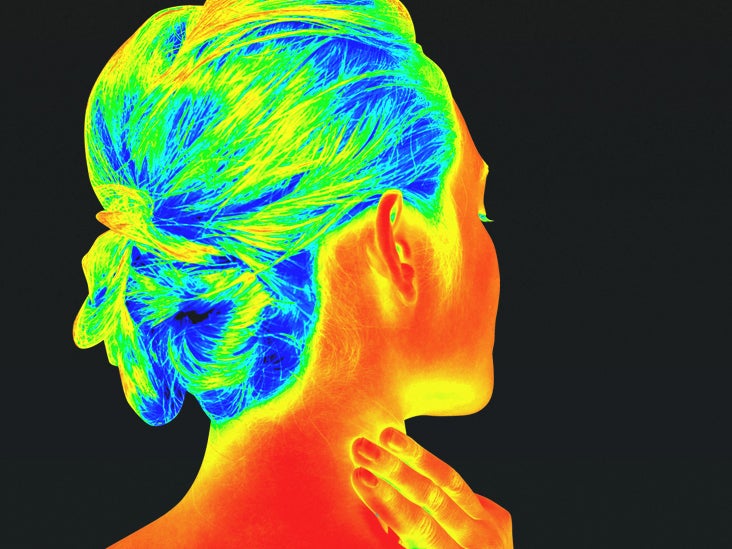
Thermography: Procedure, Risks, Cost, and More

13 Thermography ideas | thermography, mammogram, thermal imaging

Infrared thermography

Comparison of advantages and disadvantages of various infrared... | Download Scientific Diagram

Thermography: What Your Doctor May Not Tell You | Natural Nutmeg Magazine

Why Infrared Thermal Imaging Inspections are Great for a First Home
Thermography

Mammography vs Thermography Controversy – CircHolistic, LLC

Comparison of advantages and disadvantages of various infrared... | Download Scientific Diagram

Mammography vs. thermography: Making an informed decision

Thermography or Mammogram? 5 Points of Comparison
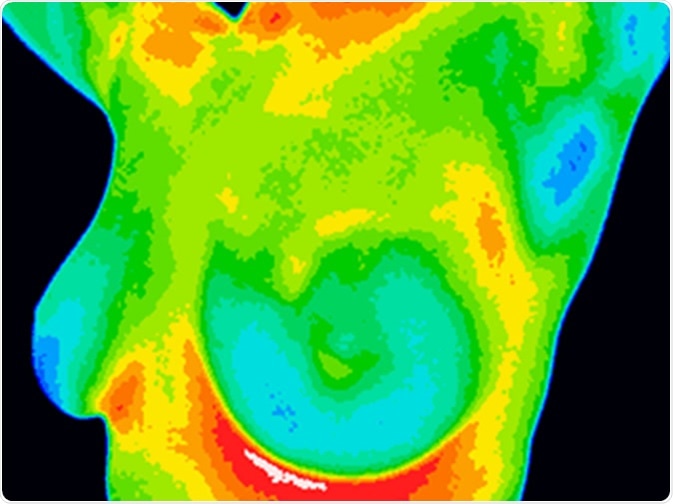
Thermography versus Mammography: Which is Best?

The Benefits of Infrared Thermography – Equipment Connection

The Benefits of Infrared Thermography – Equipment Connection

a). Normal and (2b). abnormal breast thermogram. | Download Scientific Diagram
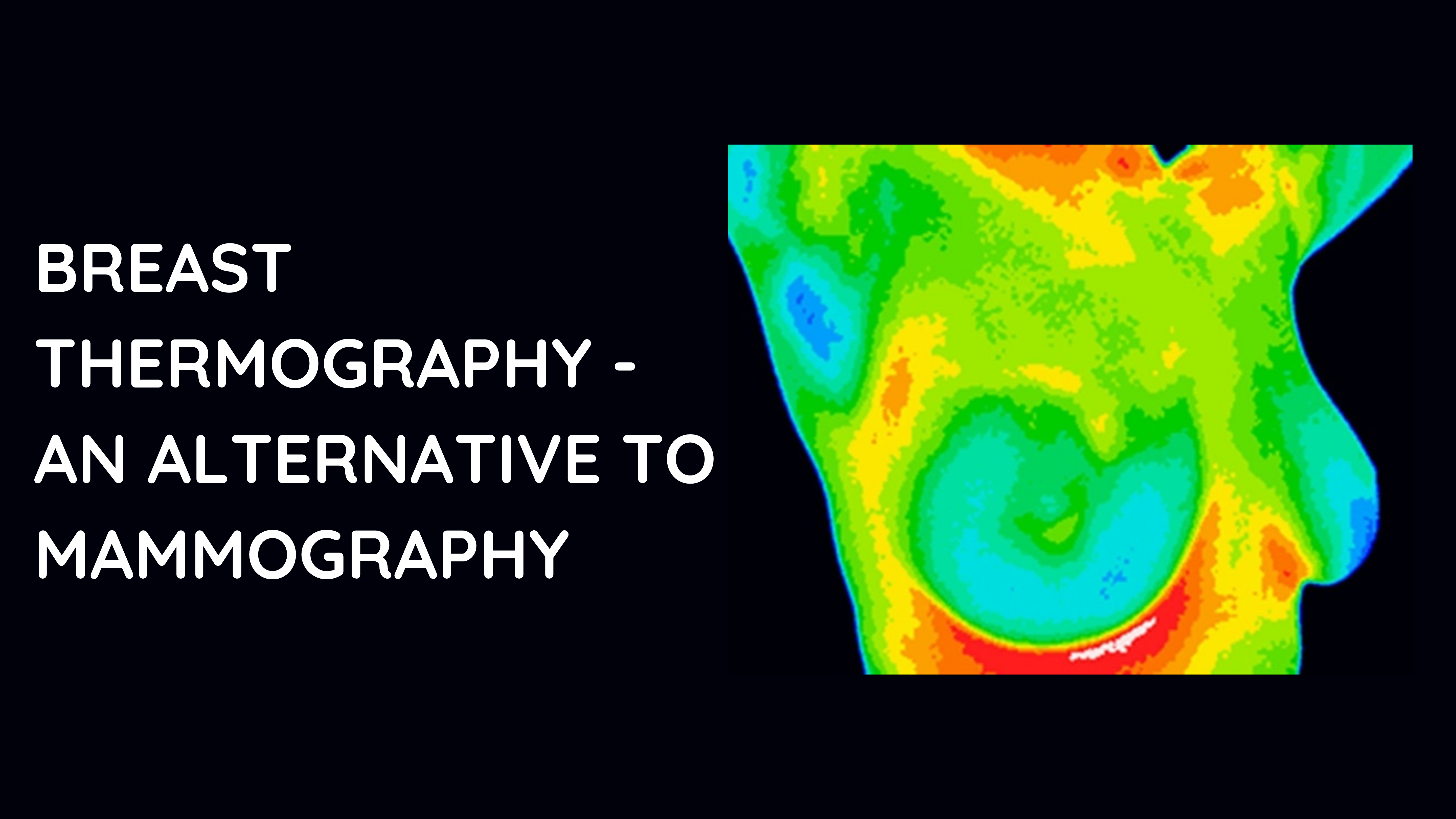
BREAST THERMOGRAPHY - AN ALTERNATIVE TO MAMMOGRAPHY | by Seino Care | Medium

Infrared Thermography Explained | Reliable Plant

Effects of Acupuncture Shown by Thermography | Acupuncture, Accupuncture, Thermography
Full article: Comparison of optimisation strategies for the improvement of depth detection capability of Pulse-Compression Thermography
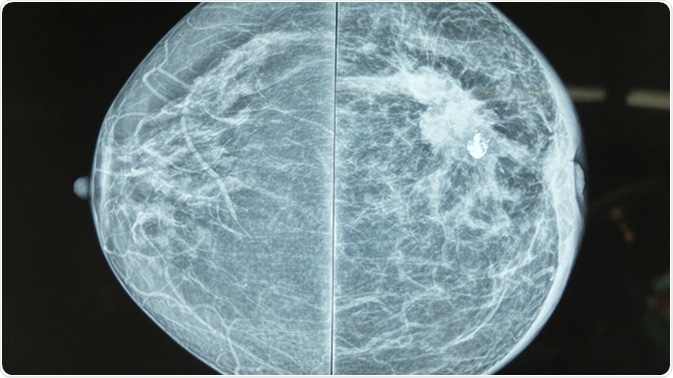
Thermography versus Mammography: Which is Best?
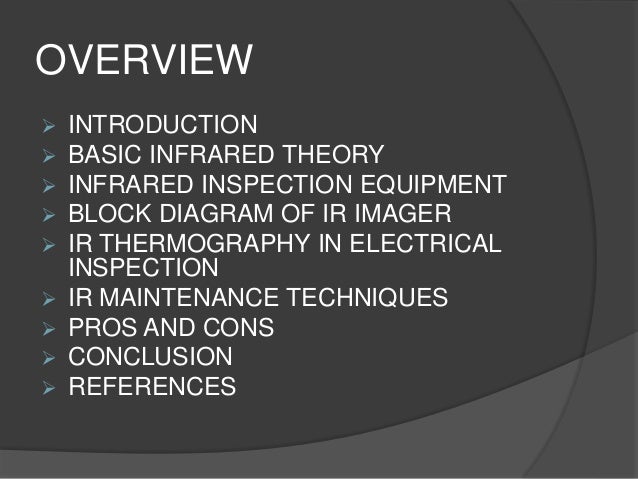
Infrared thermography

Breast Thermography
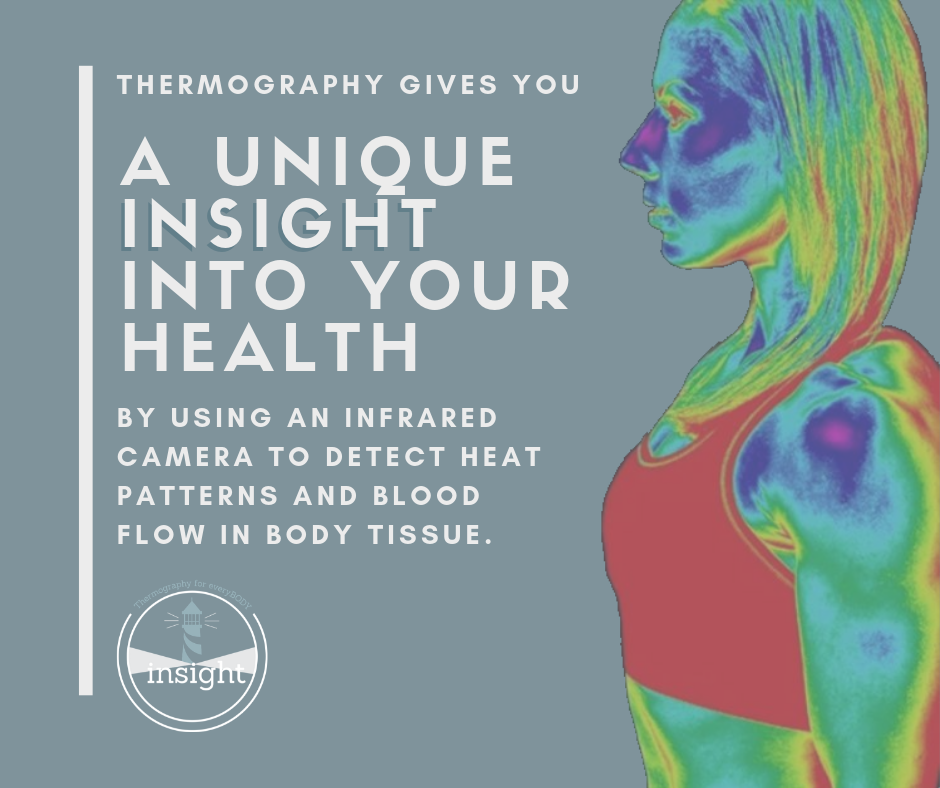
Detecting inflammation with Thermography – VitruviaMD | Dr. Laura Miles

Drumbeat publish white paper on infrared thermography in detecting energy efficiency - Simply Marcomms
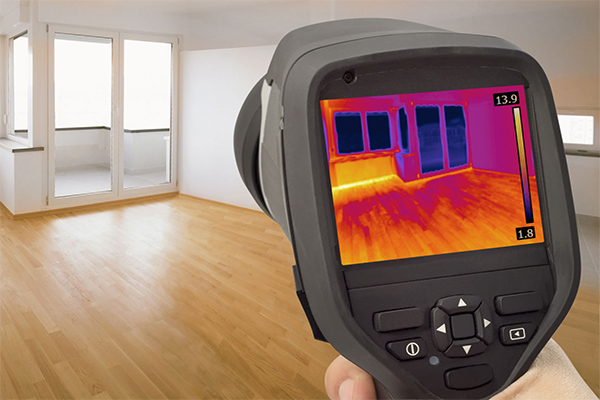
There are Disadvantages to Infrared Thermal Imaging Technology | Healthy Indoors

Infrared Thermography: electrical and industrial applications: Lanzoni, Davide: 9781511836678: Amazon.com: Books

Thermography: A Perfect Alternative to Mammograms? | The Healthy Home Economist | Mammogram, Thermography, Anti cancer

Infrared Thermography Explained | Reliable Plant

Introduction to Aerial Thermography: Overview Aerial Inspection - Raptor Maps

Infrared thermography
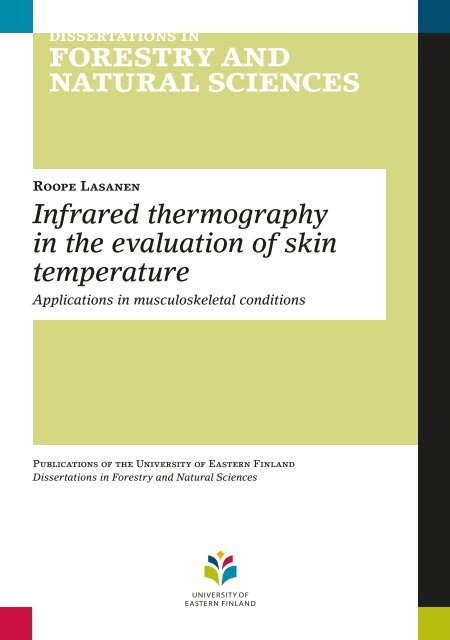
Infrared thermography in the evaluation of skin temperature

Digital, Thermography, Letterpress...oh my! — InvitoBella

Why Infrared Thermal Imaging Inspections are Great for a First Home

May 2020 Fire Report: A Conversation with Thermography Fire Expert Andy Starnes
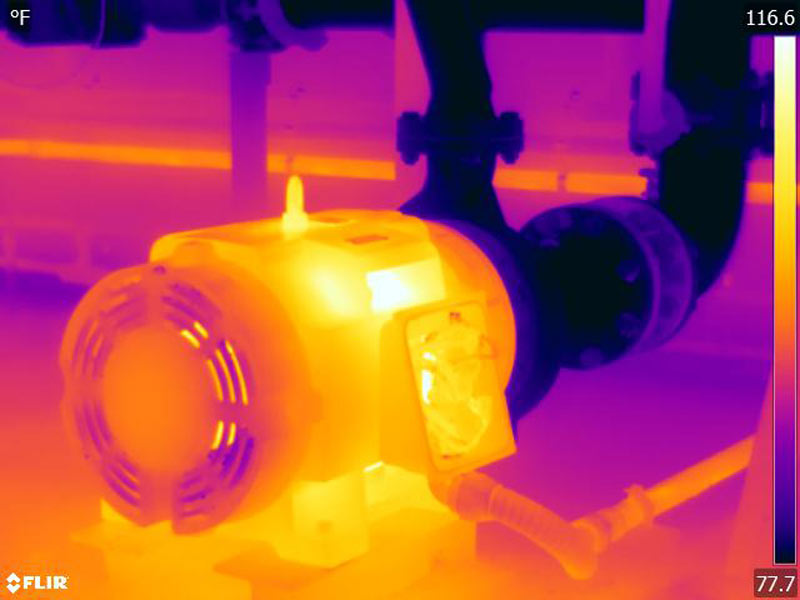
Benefits of Infrared Thermography include prevention of Electrical System Failure.

Infrared Thermography in Civil Engineering: Applications & Pros and Cons Simplified – vin civilworld

Thermal Imaging Technology for Video Surveillance - Get CCTV Security and Surveillance Cameras from 2MCCTV

ThermoHuman – Applied Science for Sports Medicine and Performance

News Archives - Page 3 of 10 - Raptor Maps
Posting Komentar untuk "pros and cons of thermography"